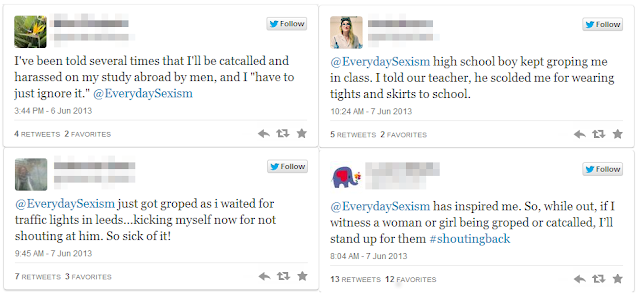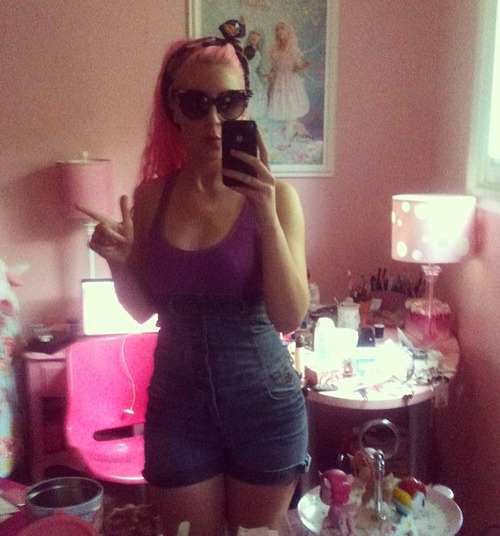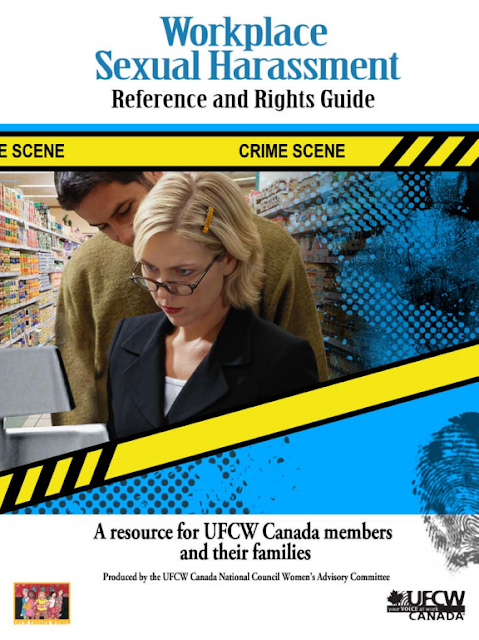There are events going on across the country: National Aboriginal Day Events
Not just a time of celebration--today is also time for reflection, advocacy and protest:
- In Ottawa, First Nation's Groups are gearing up to march on Parliament Hill as a kickoff to the "Sovereignty Summer" a Idle No More spin-off movement that hopes to increase pressure on the Harper Government.
- In Waterloo, National Aboriginal Day is being marked by the opening of the Mino-kummik Aboriginal Community Garden. A community garden that hopes to educate and engage people.
- Yesterday, the city of Vancouver launched it`s "Year of Reconciliation" to raise awareness and appreciation for the aboriginal community.
- In Sydney Nova Scotia, today marks the beginning of Tears4Justice trek across the country to bring awareness of missing and murdered Aboriginal women of our nation.
According to the Report on Equality Rights of Aboriginal People, a recent study released by the Canadian Human Rights Commission, aboriginal peoples, especially women, are still facing adversity in their every day lives. The report is based on Statistics Canada data collected between 2005 and 2010. Here are some interesting highlights:
- Aboriginal adults are more likely to report feeling unsafe walking alone after dark compared to non-Aboriginal adults. The proportion of Aboriginal women who reported feeling uncomfortable is 8.3% higher than their male counterparts. (2009)
- Assaults reported by victimized adults aged 15+. Between victimized Aboriginal and non-Aboriginal women the proportion of reported assault by victimized Aboriginal women is 5.5% higher. (2009)
- Regardless of sex, there is a higher proportion of hate crime reported by victimized Aboriginal adults compared to victimized non-Aboriginal adults.
- Reports of physical and sexual violence by a spouse/partner is 2.5% higher than that of non-Aboriginal adults.
- Overall, a much higher proportion of Aboriginal adults are in persistent low-income status than non-Aboriginal adults. Furthermore, a higher proportion of women experienced persistent low-income than men regardless of their Aboriginal status.
The celebration of Aboriginal Day rehashes the debate about the status of Aborigines in Canada, and what must be done to further the human rights of Native Women within our community.
If you are looking for aboriginal women's resources, or further reading our resource section is filled with material that is useful and informative.
Since this blog post falls on a Friday, we have also compiled a selection of movies, and short documentaries you can enjoy in celebration of National Aboriginal Day:
Finding Dawn by Christine Welsh, National Film Board of Canada
Acclaimed Métis filmmaker Christine Welsh presents a compelling documentary that puts a human face on a national tragedy: the murders and disappearances of an estimated 500 Aboriginal women in Canada over the past 30 years. This is a journey into the dark heart of Native women's experience in Canada. From Vancouver's Skid Row to the Highway of Tears in northern British Columbia, to Saskatoon, this film honours those who have passed and uncovers reasons for hope. Finding Dawnillustrates the deep historical, social and economic factors that contribute to the epidemic of violence against Native women in this country.
For Angela by Nancy Trites Botkin & by Daniel Prouty, National Film Board of Canada
This short film portrays the experiences of Rhonda Gordon and her daughter, Angela, when a simple bus ride changes their lives in an unforeseeable way. When they are harassed by three boys, Rhonda finds the courage to take a unique and powerful stance against ignorance and prejudice. What ensues is a dramatic story of racism and empowerment.
This short film portrays the experiences of Rhonda Gordon and her daughter, Angela, when a simple bus ride changes their lives in an unforeseeable way. When they are harassed by three boys, Rhonda finds the courage to take a unique and powerful stance against ignorance and prejudice. What ensues is a dramatic story of racism and empowerment.


